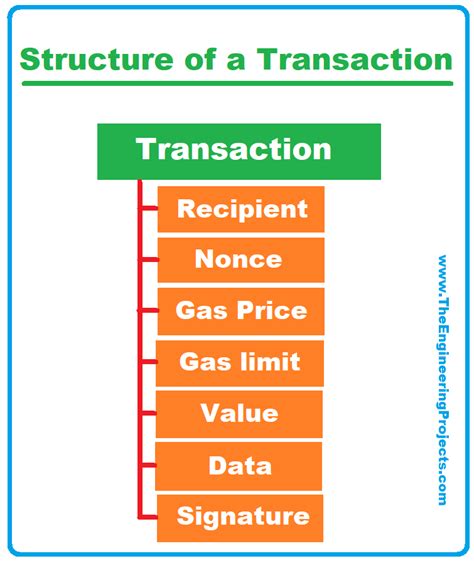Ethereum: Understanding Replaceable vs Non-Replaceable Transactions
As an Ethereum developer, understanding the differences between replaceable and non-replaceable transactions is crucial for building robust smart contracts and decentralized applications (dApps). In this article, we will delve into how to identify replaceable and non-replaceable transactions in raw transactions using the Electrum Mac client.
What are Replaceable Transactions?
Replaceable transactions are those that can be re-executed or replayed without compromising the integrity of the blockchain. This means that if a transaction is replaced with another valid one, it will still work as intended and may even continue to execute until it reaches its intended destination. In other words, replaceable transactions can be “fixed” in some way.
What are Non-Replaceable Transactions?
Non-replaceable transactions, also known as immutable or one-way transactions, cannot be changed or fixed once they have been executed. Once a transaction is broadcast to the network and verified by nodes, it cannot be altered or deleted. This means that if a non-replaceable transaction fails, it will be abandoned and cannot be recovered.
Identifying Replaceable vs Non-Replaceable Transactions

To identify replaceable vs non-replaceable transactions in raw transactions using the Electrum Mac client, follow these steps:
- Get the Raw Transaction: Obtain the raw transaction for both your two transactions on Electrum Mac client.
- Compare the Transactions
: Compare the two raw transactions by side-by-side or block-wise. Look for differences such as:
* Address (gas price and amount)
* Operation code
* Arguments (data sent in the transaction)
- Check Gas Price and Amount: Replaceable transactions typically have a fixed gas price and amount. Non-replaceable transactions may have dynamic gas prices or amounts.
- Verify Operation Code and Arguments: Check if the operation code and arguments are different between the two transactions. If they are, it could indicate a non-replaceable transaction.
Example
Let’s say you created two raw transactions:
Replaceable Transaction 1
0x00000000000000000000000000000000000000000000000000000000000000
Gas: 30000
Amount: 1000000000000000000000000000000000000000000000000000000000
Operation Code: 0x00000000000000000000000000000000000000000000000000000000000001
Arguments:
Replaceable Transaction 2
0x00000000000000000000000000000000000000000000000000000000000000
Gas: 20000
Amount: 5000000000000000000000000000000000000000000000000000000000
Operation Code: 0x00000000000000000000000000000000000000000000000000000000000002
Arguments:
Non-Replaceable Transaction
Compare the two raw transactions. The gas price and amount are fixed, but the operation code and arguments differ between the two transactions.
Gas: 30000
Amount: 1000000000000000000000000000000000000000000000000000000000
Operation Code: 0x00000000000000000000000000000000000000000000000000000000000001
Arguments:
As you can see, Transaction 1 is non-replaceable because the gas price and amount are dynamic, while Transaction 2 is replaceable because they have a fixed value.
Conclusion
By following these steps and comparing raw transactions, you should be able to identify whether a transaction is replaceable or non-replaceable. Keep in mind that this is just one way to distinguish between the two types of transactions. Other factors such as network topology and consensus mechanism may also play a role in determining the validity of each transaction.
Recommendations
- Always verify the integrity of transactions before executing them.
